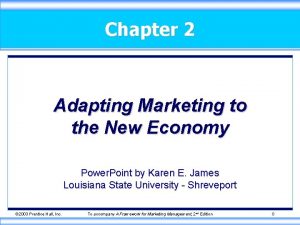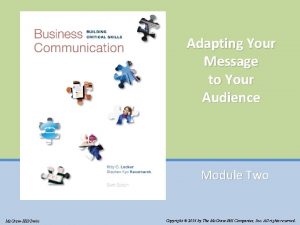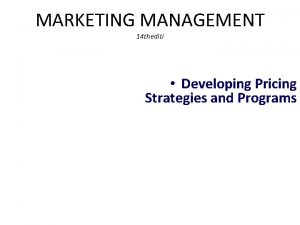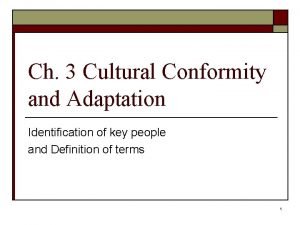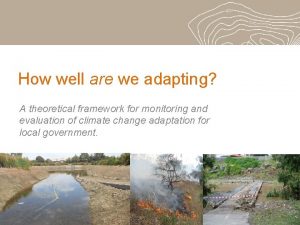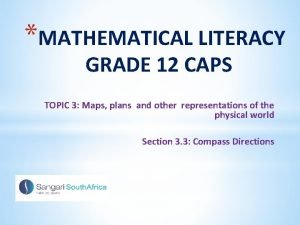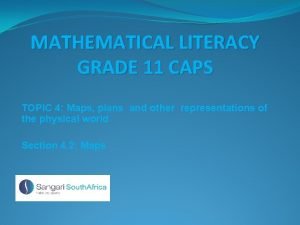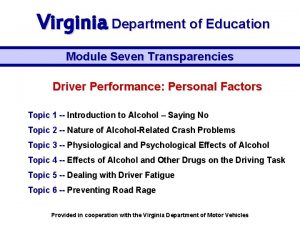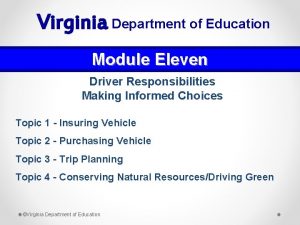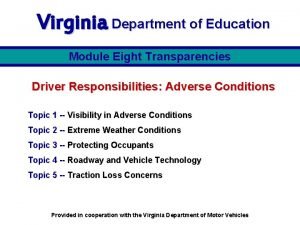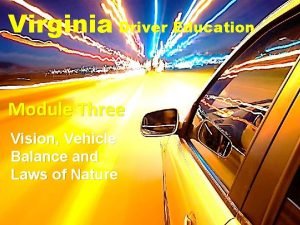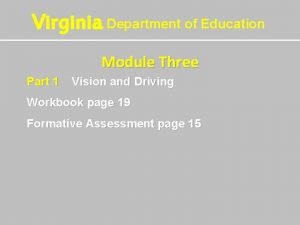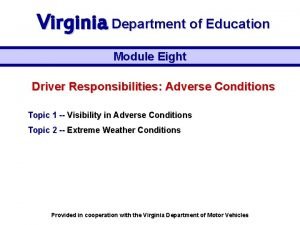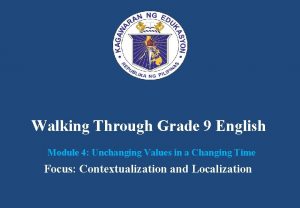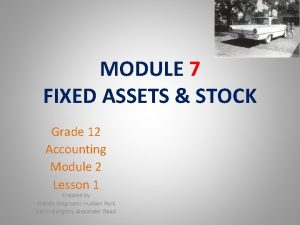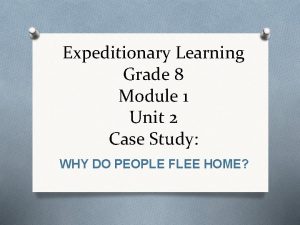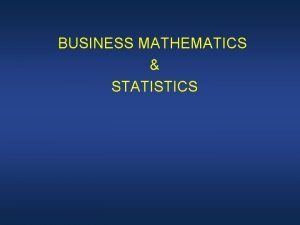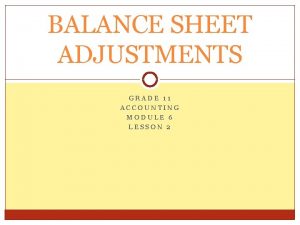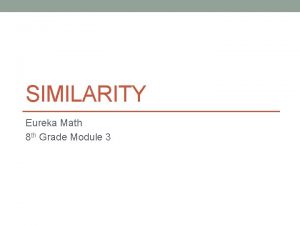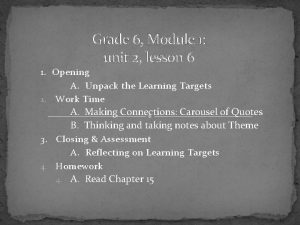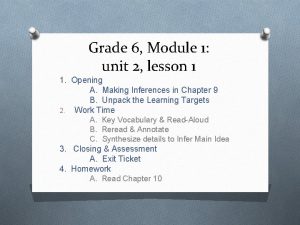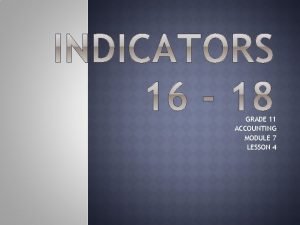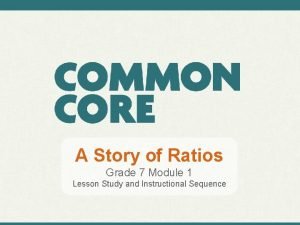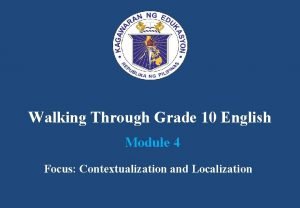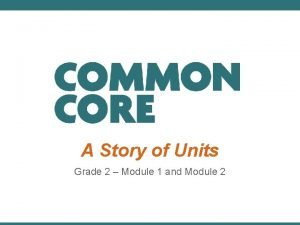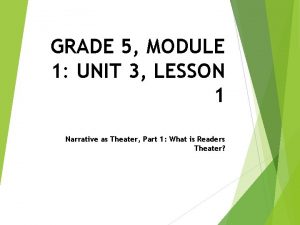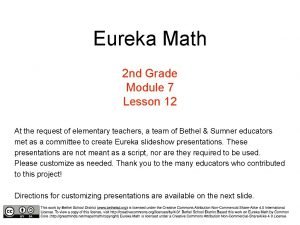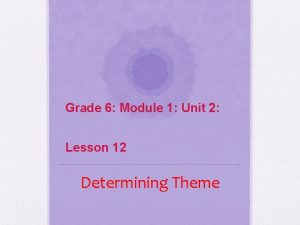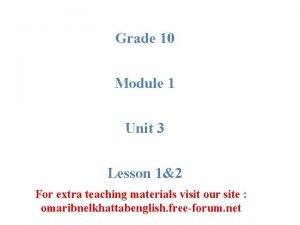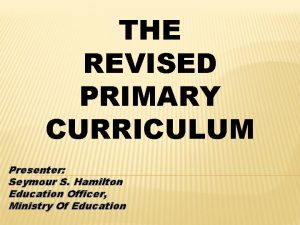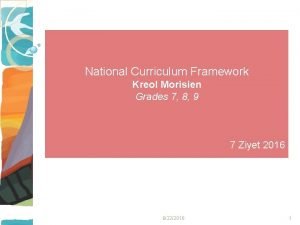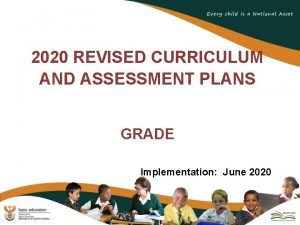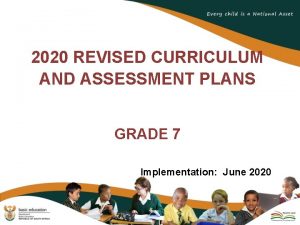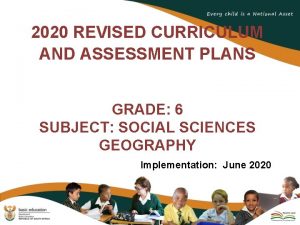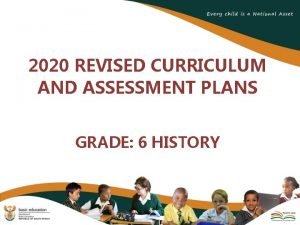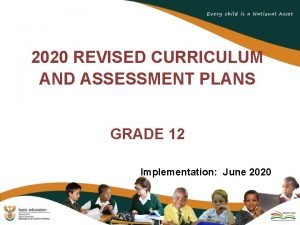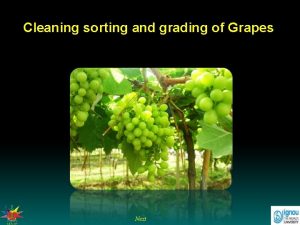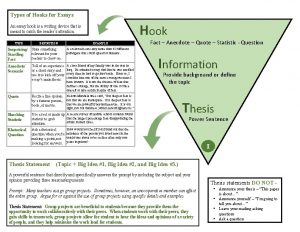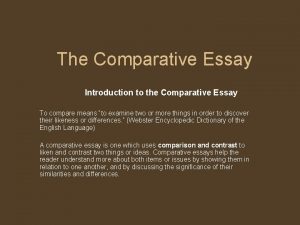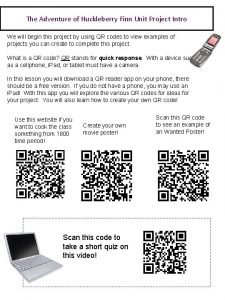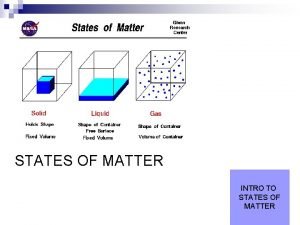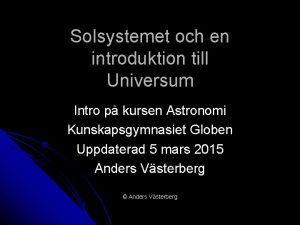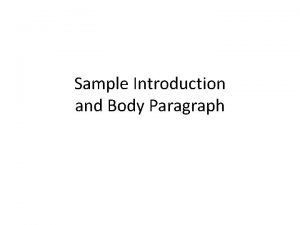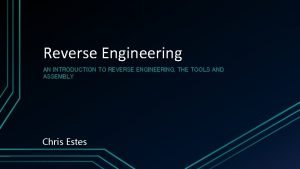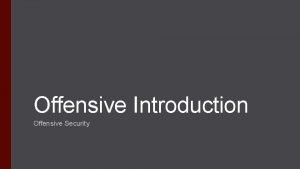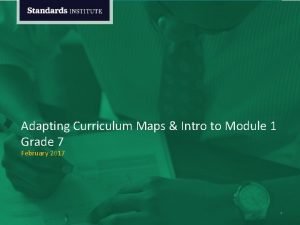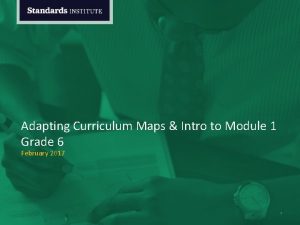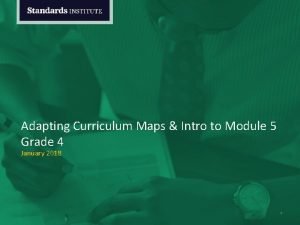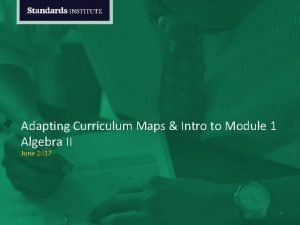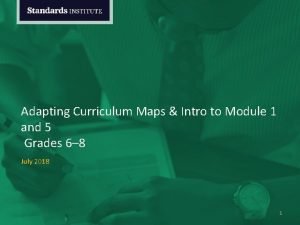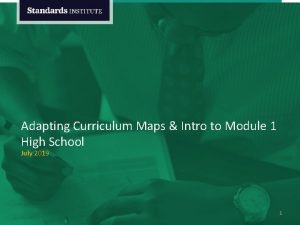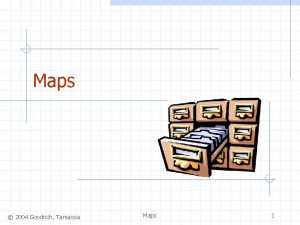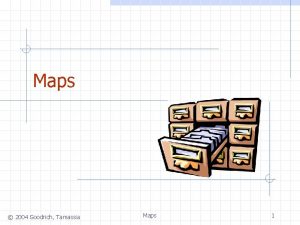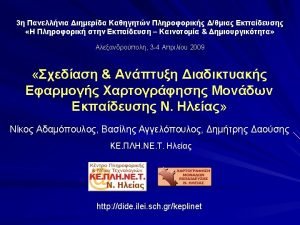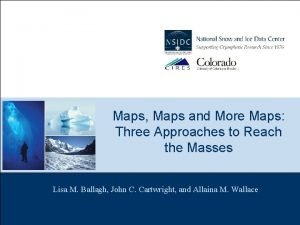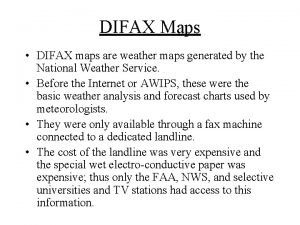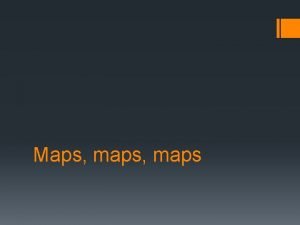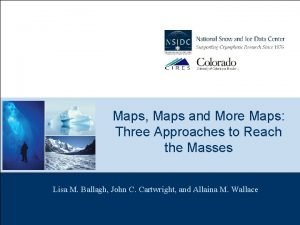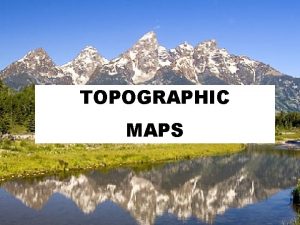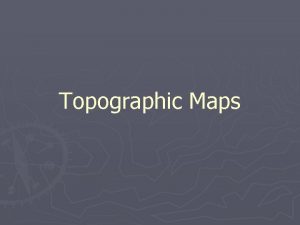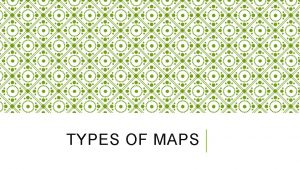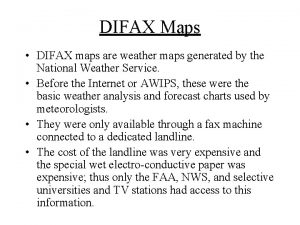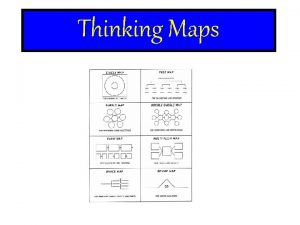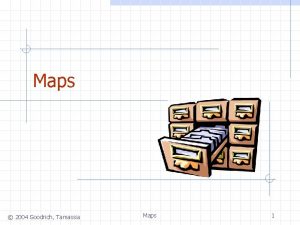Adapting Curriculum Maps Intro to Module 1 Grade











































































- Slides: 75

Adapting Curriculum Maps & Intro to Module 1 Grade 6 June 2017 1

ADAPTING CURRICULUM MAPS (GRADE 6) Welcome Back! 2

ADAPTING CURRICULUM MAPS (GRADE 6) Introduction: Who I Am Insert photo Name 1 • • Name 2 • • • 3

ADAPTING CURRICULUM MAPS (GRADE 6) Introduction: Who You Are Raise your hand if… • you are a math teacher coach • you hold a different role • you teach in a district school • you teach in a charter school • you teach or work in a different type of school or organization 4

ADAPTING CURRICULUM MAPS (GRADE 6) Thank You for Your Feedback! + 5

ADAPTING CURRICULUM MAPS (GRADE 6) Norms That Support Our Learning • Take responsibility for yourself as a learner • Honor timeframes (start, end, activity) • Be an active and hands-on learner • Use technology to enhance learning • Strive for equity of voice • Contribute to a learning environment in which it is “safe to not know” 6

ADAPTING CURRICULUM MAPS (GRADE 6) This Week Day Ideas Monday Focus and Within Grade Coherence Tuesday Wednesday Rigor and the Mathematical Practices Across Grade Coherence and Instructional Practice Thursday Adaptation and Curriculum Study Friday Adaptation and Practice “Do the math” Connect to our practice 7

ADAPTING CURRICULUM MAPS (GRADE 6) Sessions Today and Tomorrow Today • Morning: Adapting the Grade 6 Curriculum Map • Afternoon: Intro to Module 1 • Module Assessments • Representing and Reasoning About Ratios (Topic A) Tomorrow • Morning: Adapting and Teaching Lessons • Collections of Equivalent Ratios (Topic B) • Unit Rates (Topic C) 8

ADAPTING CURRICULUM MAPS (GRADE 6) Morning: Adapting the Grade 6 Curriculum Map Participants will be able to • analyze a curriculum map through the lens of the standards and Shifts. • describe ways of adapting a curriculum map for students below grade level. 9

ADAPTING CURRICULUM MAPS (GRADE 6) Morning Agenda I. Curriculum Map Scavenger Hunt II. Adapting a Curriculum Map 10

ADAPTING CURRICULUM MAPS (GRADE 6) I. Curriculum Map Scavenger Hunt! You’ll look at • The curriculum map for the year • Titles of each module • The standards associated with each module • (If time) Lessons and assessment items in Modules 1 and 2 11

ADAPTING CURRICULUM MAPS (GRADE 6) Scavenger Hunt! Scope and Sequence: 1. 2. 3. 4. How many modules focus on major work? How many days of instruction is this? What percent of the instructional year is this? Name all modules that include both major work and supporting content. Beyond! 1. Find a lesson that begins by engaging students in content from a previous grade. 2. Find an assessment item that connects a supporting cluster to a major one. 3. Find a lesson with a learning objective that uses language based on a cluster heading. 12

ADAPTING CURRICULUM MAPS (GRADE 6) II. Adapting a Curriculum Map What should our approach be if we have students who are not ready to access grade-level content? 13

ADAPTING CURRICULUM MAPS (GRADE 6) From the Appendix to Publisher’s Criteria “The natural distribution of prior knowledge in classrooms should not prompt abandoning instruction in grade level content, but should prompt explicit attention to connecting grade level content to content from prior learning. To do this, instruction should reflect the progressions on which the CCSSM are built…. Much unfinished learning from earlier grades can be managed best inside grade level work when the progressions are used to understand student thinking. ” 14

ADAPTING CURRICULUM MAPS (GRADE 6) What We’re Trying to Avoid: “Blanket Review” 15

ADAPTING CURRICULUM MAPS (GRADE 6) Percentage of 8 th Grade Math Lessons That Were Entirely Review, by Country (1999) 16

ADAPTING CURRICULUM MAPS (GRADE 6) Adaptation Process: Scope and Sequences Use the progressions to identify prerequisite standards from prior grades for all units. Strategically integrate instruction on prerequisites as needed. + X. 1, Y. 2 + X. 1, Z. 5 + Z. 2 + X. 3 + X. 1, Z. 5 + X. 1, Y. 5 + X. 4, Y. 5, Z. 6 X = Grade Below Y = 2 Grades Below Z = 3 Grades Below Consider expanding focus on major content where necessary. Major Content 17

ADAPTING CURRICULUM MAPS (GRADE 6) Adaptation Process: Units and Lessons Consider adding additional lessons that address prerequisite content where necessary and appropriate. The prerequisite standards we associate with each unit allow us to adapt lessons and additional lessons. 1 2 3 4 5 6 7 Adapt lessons to include prerequisite content in the context of grade-level objectives. 18

ADAPTING CURRICULUM MAPS (GRADE 6) The 3 C’s Coherent Content in Context 19

ADAPTING CURRICULUM MAPS (GRADE 6) Coherent Content 20

ADAPTING CURRICULUM MAPS (GRADE 6) Now You Try: Adaptation At your tables: 1. Look for two modules in Grade 6 that you might spend more time on. Why these modules? 2. What, in your experience, will students struggle with related to that content? 3. What are the prerequisite standards you'd use to adapt those modules? 21

Share Out 22

SESSION 1 (111 M): Rigor– Calibrating Common Core (6 – 8) BREAK Lunch 23

INTRO TO MODULE 1 (GRADE 6) Sessions Today and Tomorrow Today • Morning: Adapting the Grade 6 Curriculum Map • Afternoon: Intro to Module 1 • Module Assessments • Representing and Reasoning About Ratios (Topic A) Tomorrow • Morning: Adapting and Teaching Lessons • Collections of Equivalent Ratios (Topic B) • Unit Rates (Topic C) 24

INTRO TO MODULE 1 (GRADE 6) Afternoon: Intro to Module 1 in Grade 6 Participants will be able to • analyze curriculum through the lens of the standards and Shifts. • use the lens of the Shifts and increased understanding of focus content to make appropriate curricular adaptations for students who lack prerequisite skills for grade-level work. • anticipate student misunderstandings and support them instructionally. 25

INTRO TO MODULE 1 (GRADE 6) Afternoon: Agenda I. Assessing the Assessments II. Highlights from Topic A III. Exploring the Lessons and Sequence of Content for Topic A IV. Implications for Practice 26

INTRO TO MODULE 1 (GRADE 6) I. Assessing the Assessments • What aspects of rigor are highlighted in these standards? • Bonus: What kinds of problems and tasks do you expect to see on the assessment? 27

INTRO TO MODULE 1 (GRADE 6) Let’s “Do the Math” for Some Assessment Items Mid-Module Assessment: #1 -#3 End-of-Module Assessment: #1 and #2 28

INTRO TO MODULE 1 (GRADE 6) At Your Table: Assessing the Assessments For each assessment item: 1. What standards are evident in this item and how do you know? 2. What aspects of rigor are highlighted in this item and how do you know? Also consider: 3. Compare the mid-module assessment to the end-of-module assessment. How does learning progress across the module? 29

II. Highlights from Topic A 30

INTRO TO MODULE 1 (GRADE 6) Topic A Overview 31

INTRO TO MODULE 1 (GRADE 6) Topic Highlight: Lesson 3 32

III. Exploring Lessons and the Sequence of Content for Topic A 33

INTRO TO MODULE 1 (GRADE 6) Sequence of Content • Do the exit tickets for Topic A. • Describe the sequence of content to your neighbor. Cite examples of rigor. • What are the expectations for prior knowledge/skills? • Where would you add supplementary lessons? On which standards? 34

INTRO TO MODULE 1 (GRADE 6) Digging Deep, Lesson by Lesson • Content and connections • Implications for practice • Key moments • Other parts 35

INTRO TO MODULE 1 (GRADE 6) Content in the Key Moment: Lesson 1 • What key concept(s) are being developed? • How does the opening example and discussion lead students to those concepts? • What about the task makes it rigorous? 36

INTRO TO MODULE 1 (GRADE 6) Implications for Practice: Lesson 1 • What are students doing? Are they engaging in mathematical practices? • What is the teacher doing to facilitate and engage them with the content? • How would you adapt this lesson to meet student needs? 37

INTRO TO MODULE 1 (GRADE 6) Other Parts: Lesson 1 • What additional ideas or skills do further examples elicit from students? • Which problems link most directly to those on the mid-module assessment? • How would you adapt these problems to meet student needs? 38

INTRO TO MODULE 1 (GRADE 6) Content in the Key Moment: Lesson 2 • What key concept(s) are being developed? • How does the opening example and discussion lead students to those concepts? • What about the task makes it rigorous? 39

INTRO TO MODULE 1 (GRADE 6) Implications for Practice: Lesson 2 • What are students doing? Are they engaging in mathematical practices? • What is the teacher doing to facilitate and engage them with the content? • How would you adapt this lesson to meet student needs? 40

INTRO TO MODULE 1 (GRADE 6) Other Parts: Lesson 2 • What additional ideas or skills do further examples elicit from students? • Which problems link most directly to those on the mid-module assessment? • How would you adapt these problems to meet student needs? 41

INTRO TO MODULE 1 (GRADE 6) Lessons 3, 4, and 5 Content in the Key Moments: • What key concept(s) are being developed? • How does the opening example and discussion lead students to those concepts? • What about the task makes it rigorous? Other Parts: • What additional ideas or skills do further examples elicit from students? • Which problems link most directly to those on the mid-module assessment? • How would you adapt or supplement these problems to meet student needs? Implications for Practice: • What are students doing? Are they engaging in mathematical practices? • What is the teacher doing to facilitate and engage them with the content? • How would you adapt this lesson to meet student needs? 42

INTRO TO MODULE 1 (GRADE 6) At Your Table: Lessons 6, 7, and 8 Content in the Key Moments: • What key concept(s) are being developed? • How does the opening example and discussion lead students to those concepts? • What about the task makes it rigorous? Other Parts: • What additional ideas or skills do further examples elicit from students? • Which problems link most directly to those on the mid-module assessment? • How would you adapt or supplement these problems to meet student needs? Implications for Practice: • What are students doing? Are they engaging in mathematical practices? • What is the teacher doing to facilitate and engage them with the content? • How would you adapt this lesson to meet student needs? 43

IV. Implications for Practice 44

INTRO TO MODULE 1 (GRADE 6) IV. Implications for Practice • Reflect on Topic A. What is the focus content, and how does instruction support student understanding of that content? • What are the essential student learning experiences that support the focus content? • How will you adapt or supplement this sequence of lessons to meet student needs? 45

Knowledge Survey Post-Test

ADAPTING AND TEACHING LESSONS IN MODULE 1 (GRADE 6) Welcome Back! 47

ADAPTING AND TEACHING LESSONS IN MODULE 1 (GRADE 6) Thank You for Your Feedback! + 48

ADAPTING AND TEACHING LESSONS IN MODULE 1 (GRADE 6) Norms That Support Our Learning • Take responsibility for yourself as a learner • Honor timeframes (start, end, activity) • Be an active and hands-on learner • Use technology to enhance learning • Strive for equity of voice • Contribute to a learning environment in which it is “safe to not know” 49

ADAPTING AND TEACHING LESSONS IN MODULE 1 (GRADE 6) This Week Day Ideas Monday Focus and Within Grade Coherence Tuesday Wednesday Rigor and the Mathematical Practices Across Grade Coherence and Instructional Practice Thursday Adaptation and Curriculum Study Friday Adaptation and Practice “Do the math” Connect to our practice 50

ADAPTING AND TEACHING LESSONS IN MODULE 1 (GRADE 6) Sessions Yesterday and Today Yesterday • Morning: Adapting the Grade 6 Curriculum Map • Afternoon: Intro to Module 1 • Module Assessments • Representing and Reasoning About Ratios (Topic A) Today • Morning: Adapting and Teaching Lessons • Collections of Equivalent Ratios (Topic B) • Unit Rates (Topic C) 51

ADAPTING AND TEACHING LESSONS IN MODULE 1 (GRADE 6) Objectives Participants will be able to • analyze curriculum through the lens of the standards and Shifts. • use the lens of the Shifts and increased understanding of focus content to make appropriate curricular adaptations for students who lack prerequisite skills for grade-level work. • prepare and deliver lessons using the core actions in the IPG. 52

ADAPTING AND TEACHING LESSONS IN MODULE 1 (GRADE 6) Agenda I. Highlights from Topic B II. Exploring Lessons and the Sequence of Content for Topic B III. Buddy Teaching with the IPG IV. Implications for Practice V. Highlights from Topic C VI. Exploring Lessons and the Sequence of Content for Topic C VII. Buddy Teaching an Adapted Lesson VIII. Implications for Practice 53

I. Highlights from Topic B 54

ADAPTING AND TEACHING LESSONS IN MODULE 1 (GRADE 6) Topic B Overview 55

ADAPTING AND TEACHING LESSONS IN MODULE 1 (GRADE 6) Topic Highlight: Lesson 9 56

II. Exploring Lessons and the Sequence of Content for Topic B 57

ADAPTING AND TEACHING LESSONS IN MODULE 1 (GRADE 6) Sequence of Content • Do the exit tickets for Topic B. • Describe the sequence of content to your neighbor. Cite examples of rigor. • What are the expectations for prior knowledge/skills? • Where would you add supplementary lessons? On which standards? 58

ADAPTING AND TEACHING LESSONS IN MODULE 1 (GRADE 6) III. Buddy Teaching with the IPG As you prepare, think about: • Framing your objective in the context of Topic B. What content came before? • What are students doing during the lesson? • As the teacher, what will you be doing? 59

ADAPTING AND TEACHING LESSONS IN MODULE 1 (GRADE 6) Summary of Core Actions 60

ADAPTING AND TEACHING LESSONS IN MODULE 1 (GRADE 6) Table Teaching Ground Rules • Teachers go “all in” for their roles. Stay in character through any trouble spots. • Students are “middle of the class. ” Follow directions, practice, don’t “know it all. ” • Teach the lesson through to the end of the discussion portion. • Stick to the time limits so everyone has a chance to teach. 61

ADAPTING AND TEACHING LESSONS IN MODULE 1 (GRADE 6) After Teaching • The team to the left of the teachers gives one “glow” (something successful) and one “grow” (a question or comment) for the lesson. • Teachers briefly describe their planning processes for the lesson: • How did the problem and discussion advance the key concept of the lesson? • How would you adapt these problems to meet student needs? 62

ADAPTING AND TEACHING LESSONS IN MODULE 1 (GRADE 6) IV. Implications for Practice • Reflect on Topic B. What is the focus content, and how does instruction support student understanding of that content? • What are the essential student learning experiences that support the focus content? • How will you adapt or supplement this sequence of lessons to meet student needs? 63

V. Highlights from Topic C

ADAPTING AND TEACHING LESSONS IN MODULE 1 (GRADE 6) Topic C Overview 65

ADAPTING AND TEACHING LESSONS IN MODULE 1 (GRADE 6) Topic Highlight: Lesson 19 66

ADAPTING AND TEACHING LESSONS IN MODULE 1 (GRADE 6) VI. Exploring Lessons and the Sequence of Content for Topic C 67

ADAPTING AND TEACHING LESSONS IN MODULE 1 (GRADE 6) Sequence of Content • Do the exit tickets for Topic C. • Describe the sequence of content to your neighbor. Cite examples of rigor. • What are the expectations for prior knowledge/skills? • Where would you add supplementary lessons? On which standards? 68

ADAPTING AND TEACHING LESSONS IN MODULE 1 (GRADE 6) Digging Deep: Jigsaw With your group, consider: • The content in the key moment (opening example and discussion) of your lesson. • Implications for teaching practice in the key moment. • The significance of the other parts (further examples, problem set). 69

ADAPTING AND TEACHING LESSONS IN MODULE 1 (GRADE 6) Jigsaw: Things to Consider Content in the Key Moments: • What key concept(s) are being developed? • How does the opening example and discussion lead students to those concepts? • What about the task makes it rigorous? Other Parts: • What additional ideas or skills do further examples elicit from students? • Which problems link most directly to those on the mid-module assessment? • How would you adapt or supplement these problems to meet student needs? Implications for Practice: • What are students doing? Are they engaging in mathematical practices? • What is the teacher doing to facilitate and engage them with the content? • How would you adapt this lesson to meet student needs? 70

ADAPTING AND TEACHING LESSONS IN MODULE 1 (GRADE 6) VII. Buddy Teaching an Adapted Lesson Protocol: • Adapt a lesson in Topic C using coherent content in context. • Explain the adaptation to your partner. • Teach the adapted section to your partner. 71

ADAPTING AND TEACHING LESSONS IN MODULE 1 (GRADE 6) VIII. Implications for Practice • Reflect on Topic C. What is the focus content, and how does instruction support student understanding of that content? • What are the essential student learning experiences that support the focus content? • How will you adapt or supplement this sequence of lessons to meet student needs? 72

Feedback Please fill out the survey located here: www. standardsinstitutes. org • Click “Summer 2017” on the top of the page. • Click “Details” on the center of the page. 49

References Slide # Source 14 http: //achievethecore. org/page/266/k-8 -publishers-criteria-for-the-common-corestate-standards-for-mathematics-detail-pg 16 Adapted from FIGURE 3. 9. Percentage of eighth-grade mathematics lessons that were entirely review, by country: 1999, http: //www. timssvideo. com/sites/default/files/TIMSS%201999%20 Math%20 Report. pdf 20 http: //achievethecore. org/page/844/ccssm-wiring-diagram 60 http: //achievethecore. org/content/upload/IPG_Coaching_Print%20 Guide_Math_HS_ 04. 2015. pdf 11, 27 -28, 31 -32, 35 -36, 38 -39, 41 -43, 55 -56, 65 -66, 70 https: //www. engageny. org

Image References Slide # 2 Name and Photographer “Welcome” by Prayitno (Flickr) 13 “Mind the Gap” by CGP Grey (Flickr) 22 “Sharing” by ryancr (Flickr) 23 “Coffee Break” by Sam Carpenter (Flickr) 30 “highlights” by Bruce Aldridge (Flickr) 33 “I am the river {explored #1}” by M Reza Faisal (Flickr) 44 “Math” by Akash Kataruka (Flickr) 47 “Welcome” by Bob Duan (Flickr) 54 “the highlight of my day!” by Kate Ter Haar (Flickr) 57 “NOAA Ocean Explorer: NOAA Ship Okeanos Explorer: INDEX 2012 ‘Gulf of Mexico’” (Flickr) 64 “Hellsgeriatric” by Vit C Rainbow (Flickr) 67 “Eclipse Sequence” by Robert Adams (Flickr)
 Adapting curriculum to bridge equity gaps
Adapting curriculum to bridge equity gaps Maps reittihaku
Maps reittihaku How well are we adapting
How well are we adapting How to adapt marketing to the new economy
How to adapt marketing to the new economy Adopting and adapting teaching materials
Adopting and adapting teaching materials Adapting the message to your audience
Adapting the message to your audience Adapting to challenges of the micro environment
Adapting to challenges of the micro environment Adapting the price
Adapting the price The process of adapting borrowed cultural traits.
The process of adapting borrowed cultural traits. Adapting the price
Adapting the price Adapting to your audience
Adapting to your audience How well are we adapting
How well are we adapting Granite teacher support
Granite teacher support C device module module 1
C device module module 1 Types of maps in maths literacy
Types of maps in maths literacy Draw a rough sketch of a north elevation of the house
Draw a rough sketch of a north elevation of the house Types of maps in maths literacy
Types of maps in maths literacy Mathematical literacy grade 11 maps and plans
Mathematical literacy grade 11 maps and plans Module 10 topic 3 drivers ed
Module 10 topic 3 drivers ed Drivers ed module 7
Drivers ed module 7 Module 11 drivers ed virginia
Module 11 drivers ed virginia Module 8 topic 1
Module 8 topic 1 Safe driving points balance virginia
Safe driving points balance virginia Roll drivers ed
Roll drivers ed Module 5 curves hills and mountains
Module 5 curves hills and mountains Module 7 topic 1 distracted driving
Module 7 topic 1 distracted driving Unchanging values in a changing world pictures
Unchanging values in a changing world pictures Principles of marketing module 1
Principles of marketing module 1 New era accounting grade 10 memo pdf module 9
New era accounting grade 10 memo pdf module 9 Grade 8 module 1
Grade 8 module 1 Business math module 3 answer key
Business math module 3 answer key Grade 11 accounting module 1
Grade 11 accounting module 1 Grade 8 module 3
Grade 8 module 3 Grade 6 module 1: unit 2 answer key
Grade 6 module 1: unit 2 answer key Eureka math grade 6 module 1 lesson 1
Eureka math grade 6 module 1 lesson 1 Accounting module grade 11
Accounting module grade 11 A story of ratios
A story of ratios Example of contextualization and localization
Example of contextualization and localization Story of units grade 2
Story of units grade 2 Grade 5 module 1 lesson 1
Grade 5 module 1 lesson 1 Eureka math 3rd grade module 7
Eureka math 3rd grade module 7 Reading and writing grade 11 module 6
Reading and writing grade 11 module 6 Grade 6 module 1: unit 2 answer key
Grade 6 module 1: unit 2 answer key English module grade 10 unit 3
English module grade 10 unit 3 Revised primary curriculum grade 1-3
Revised primary curriculum grade 1-3 National curriculum framework 2016
National curriculum framework 2016 2020 revised curriculum and assessment plans
2020 revised curriculum and assessment plans Revised curriculum and assessment plans 2021
Revised curriculum and assessment plans 2021 2020 revised curriculum and assessment plans grade 7
2020 revised curriculum and assessment plans grade 7 2021 revised curriculum and assessment plans grade 7
2021 revised curriculum and assessment plans grade 7 2020 revised curriculum and assessment plans grade 7
2020 revised curriculum and assessment plans grade 7 2020 revised curriculum and assessment plans
2020 revised curriculum and assessment plans 2020 revised curriculum and assessment plans grade 6
2020 revised curriculum and assessment plans grade 6 2020 revised curriculum and assessment plans grade 6
2020 revised curriculum and assessment plans grade 6 Deped transmutation table
Deped transmutation table First grade babies second grade tots
First grade babies second grade tots What is the white part of an egg called
What is the white part of an egg called Grade b milk
Grade b milk Grading of grapes
Grading of grapes Metamorphic grade
Metamorphic grade Theme essay
Theme essay Victor hugo intro
Victor hugo intro Hook for expository essay
Hook for expository essay Background information
Background information Comparative and superlative essay
Comparative and superlative essay Introduction body conclusion
Introduction body conclusion Intro qr codes
Intro qr codes States of matter
States of matter Advertisement intro
Advertisement intro Mars axellutning
Mars axellutning Introduction body conclusion example
Introduction body conclusion example Reverse engineering basics
Reverse engineering basics Introduction sample essay
Introduction sample essay Four parts of research paper
Four parts of research paper Organic vs inorganic compounds
Organic vs inorganic compounds Intro to offensive security
Intro to offensive security



